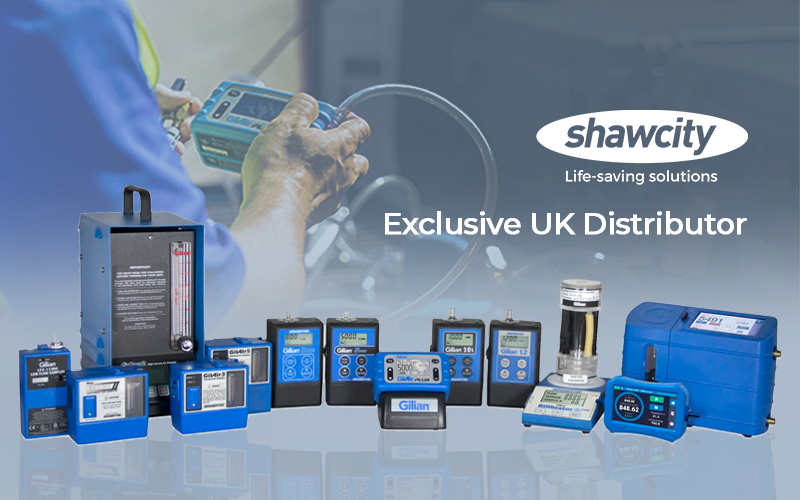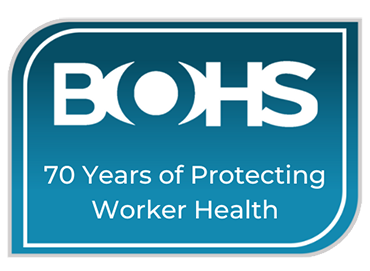The quality of indoor air is shaped not only by the presence and concentrations of airborne substances but also by factors like ventilation and environmental conditions. Substandard indoor air quality, including carbon dioxide build-up, can have repercussions on health, well-being, concentration, and productivity.
In any workplace in the UK, interaction with airborne substances is governed by the Health and Safety Executive's Control of Substances Hazardous to Health (COSHH) regulations.
Page 25 of the HSE EH40/2005 states “The COSHH definition of a substance hazardous to health includes dust of any kind when present at a concentration in air equal to or greater than 10 mg.m-3 8-hour Time-Weighted Average (TWA) of inhalable dust or 4 mg.m-3 8-hour TWA of respirable dust. This means that any dust will be subject to COSHH if people are exposed to dust above these levels. Some dusts have been assigned specific WELs and exposure to these must comply with the appropriate limits.”
![ranger]](https://www.shawcity.co.uk/hs-fs/hubfs/ranger%5D.png?width=182&height=349&name=ranger%5D.png) However, not all dusty materials have a WEL and certain specific substances, such as asbestos and lead, are subject to separate regulatory controls. Still, if its concentration is greater than 10mg/m3 in an 8-hour TWA, it is considered hazardous.
However, not all dusty materials have a WEL and certain specific substances, such as asbestos and lead, are subject to separate regulatory controls. Still, if its concentration is greater than 10mg/m3 in an 8-hour TWA, it is considered hazardous.
As ever, worker exposure to all hazardous substances must be prevented or controlled and for carcinogens, mutagens and asthmagens, exposure must be controlled to as low as reasonably practical (ALARP). Determining the effectiveness of implemented control measures can be gauged by evaluating air sampling results. If the recorded levels are below 20% of the TWA established for the respective chemicals, it indicates a satisfactory control environment. However, surpassing this threshold implies the need for additional samplings and a thorough exploration of enhanced control measures.
Additionally, heightened levels of dust in the workplace can adversely impact the functionality of electronic equipment, and diminish site visibility, leading to safety concerns. When coupled with other fumes and gases, it has the potential to accelerate wear and tear on mechanical components, as well as posing a risk of fire or explosion.
The impact of dust on health should not be underestimated. It has the potential to be an irritant to the eyes and skin and can lead to severe long-term respiratory issues. In some instances, it can be fatal.
According to the Health and Safety Executive (HSE), there are 19,000 estimated new cases of breathing or lung problems caused by, or made worse by, work each year1. Even more alarming is the estimate that 12,000 annual deaths from lung diseases are linked to past occupational dust exposure2.
Often microscopic, dust generated at work may not be immediately visible, making it a less obvious but serious health hazard.
Which varieties of dust pose the highest risk?
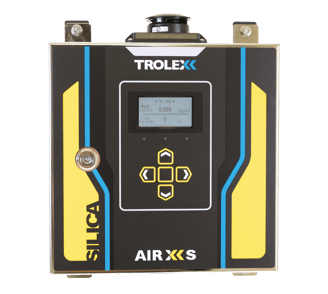 The generation of dust occurs during activities like cutting, drilling, demolishing, sanding, shovelling materials or working with powders. However, not all dust particles cause the same level of harm, and certain types are more dangerous than others. Typically, dust is categorised into three sizes: inhalable, thoracic, and respirable dust.
The generation of dust occurs during activities like cutting, drilling, demolishing, sanding, shovelling materials or working with powders. However, not all dust particles cause the same level of harm, and certain types are more dangerous than others. Typically, dust is categorised into three sizes: inhalable, thoracic, and respirable dust.
Inhalable dust, generally larger in scale, is usually trapped by mucus, though it still poses a health risk. The ultra-fine dust, such as respirable crystalline silica dust (RCS) often referred to as the 'invisible killer -' can penetrate the deepest regions of the lungs. It is commonly present in construction materials like concrete and mortar and due to its “pointy” appearance can cause internal damage to the lining of the lungs.
Health issues caused by workplace dust
Over the long term, exposure to silica dust can lead to severe health issues like lung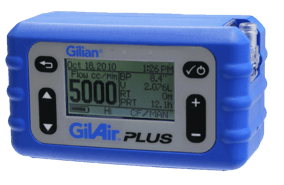 cancer, chronic obstructive pulmonary disease (COPD), silicosis, and asthma. Occupational asthma can be caused by seemingly innocuous substances such as flour and wood dust, which serve as respiratory sensitizers.
cancer, chronic obstructive pulmonary disease (COPD), silicosis, and asthma. Occupational asthma can be caused by seemingly innocuous substances such as flour and wood dust, which serve as respiratory sensitizers.
Unfortunately, the manifestation of these diseases may only become apparent after an extended period, often when it is too late for treatment to be effective. Therefore, the implementation of an efficient on-site dust control system is crucial. For example, water sprinkler systems to dampen down dust and tools that use water to suppress the release of dust when cutting materials such as tiles.
Monitoring Air Quality and Dust
Air Quality monitors use two main methods of monitoring and analysis:
Gravimetric air sampling methods use a head sampler to collect samples which are then sent to a laboratory for analysis (gravimetric or analytical). Usually, cyclones, inhalable samplers and cassettes are used for dust and particulates, while sorbent tubes or treated filters in cassettes are used for vapour and gases. These are accurate sampling methods which can be used to determine the concentration of hazardous substances in the air.
Real-time air quality monitoring involves the continuous and instantaneous measurement of various air pollutants in the ambient air including particulate matter (PM1.0, PM2.5, PM10 and PMTotal), inorganic gases (such as nitrogen dioxide, sulphur dioxide, ozone, carbon monoxide), and volatile organic compounds (VOCs).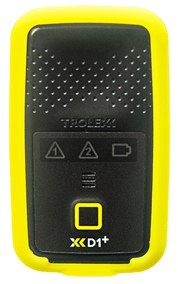
Using sophisticated sensor technologies, such as laser-based instruments and electrochemical sensors, pollutants are quickly and accurately identified allowing for timely intervention if required.
Personal monitors are programmed to trigger visual and audible alarms to alert the user when concentrations have exceeded pre-set thresholds. In area monitoring applications, data is often sent to and stored in the cloud, to be accessed and downloaded remotely.
With cloud-based real-time monitoring, it is now possible to create a network across a large area to document contaminant levels. This information is often used to support a reduction strategy or to show that an air quality standard has been achieved.
Shawcity's Product Specialist Manager Gabriela Goncalves explains:
“It is important to understand the risks that chemicals pose to health and how to eliminate or reduce its exposure.
Air sampling monitoring must be used as a tool to show that your control measures are good enough, and it should be carried out whenever there is a change in procedure, machinery, and composition of the raw material.
While air sampling helps you to understand accurately the exposure levels, real-time monitoring helps you to identify the hot spots and high-risk procedures and also allows you to act fast in case of a sudden change in the exposure levels.
The combination of air sampling monitoring and real-time is the perfect combo that allows you to understand the exposure and evaluate the control measures in place.”
Air quality and Dust control – solutions from Shawcity
Shawcity offers an extensive range of gravimetric sampling and real-time air quality monitors available to hire or buy for indoor and outdoor use, along with free unlimited technical support. Visit https://products.shawcity.co.uk/collections/air-quality-and-dust.
For more information or to request a free demonstration, please contact the team on solutions@shawcity.co.uk or 01367 899419.
Sources:
HSE Statistics
1 - https://www.hse.gov.uk/statistics/causdis/.
2 - https://www.hse.gov.uk/statistics/overview.htm
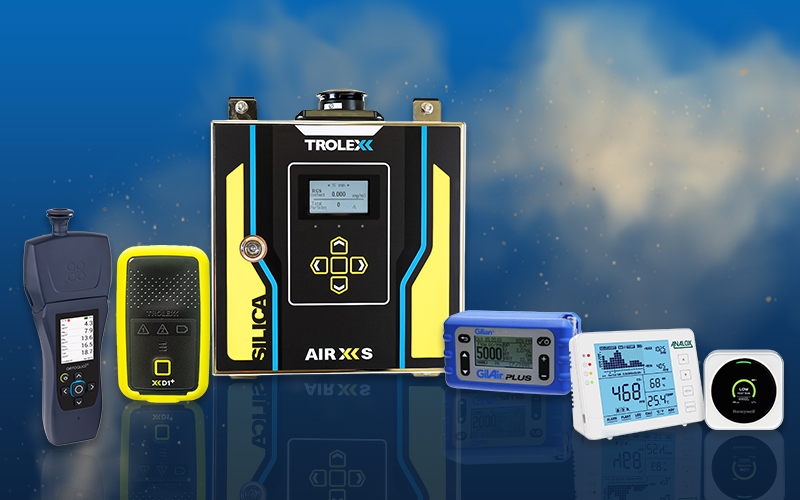
-1.png)

